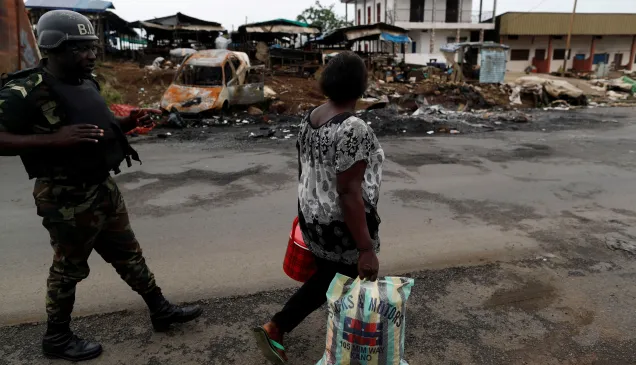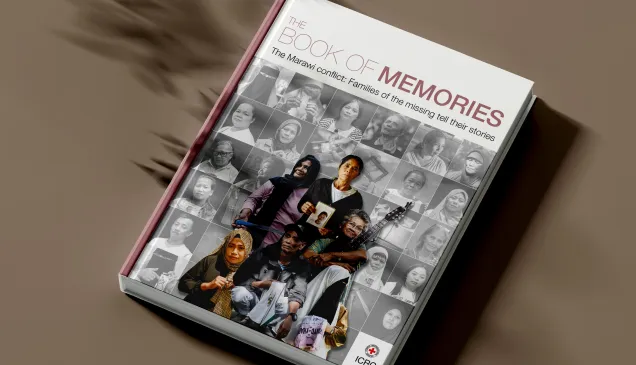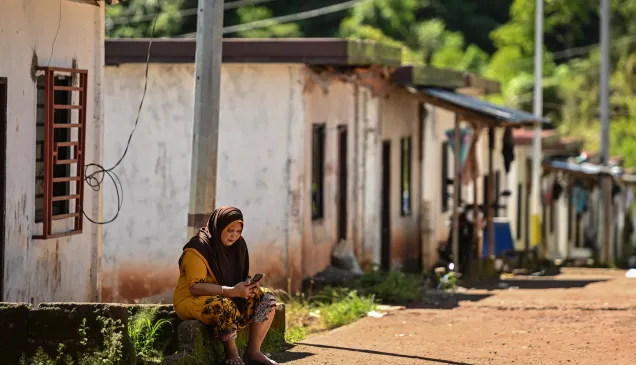Philippines: Features of displacement
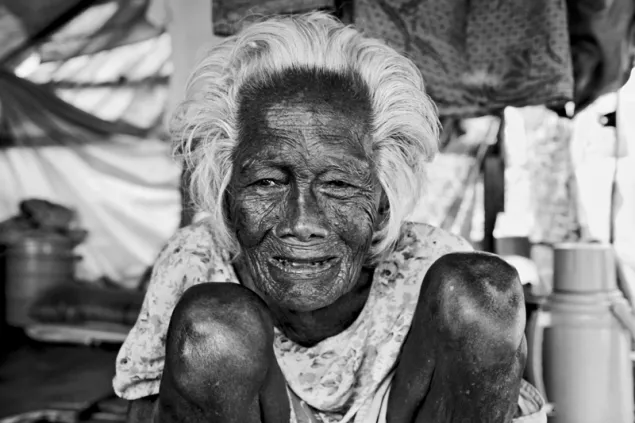
Lina Kambunan is no stranger to displacement caused by the decades-long conflict between armed groups and the Philippines government. When she was younger, her family had to flee from Jolo, on Sulu island, to avoid the fighting. But she never expected to experience the same ordeal again at 95. The Badjao are known for their close relationship to the sea. Lina and other members of this ethnic group settled along the Cawa-Cawa shoreline after their homes were razed by fire during last September's clashes. When asked what she finds most difficult about being displaced, she whispers: "It's too hot here" before continuing her lullaby for the grandchild lying on a hammock in their makeshift tent.
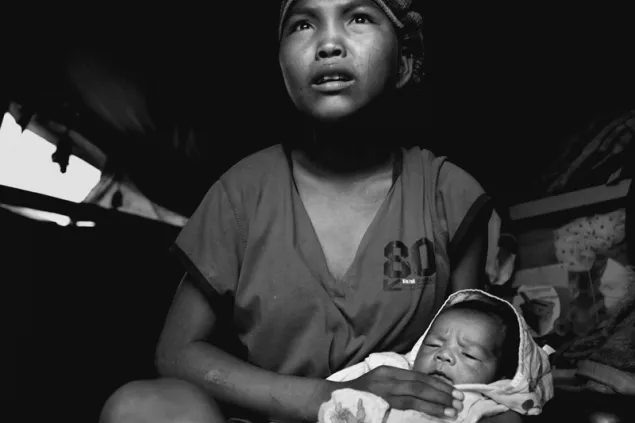
Zamboanga, Philippines.
In a small tent between a busy highway and the cramped Cawa-Cawa shoreline, this young mother gave birth to a baby boy – eight days before this picture was taken. Jonde admits it wasn’t an easy feat, but for a member of the seafaring Badjao tribe, it wasn’t a novelty either. "Joel keeps waking as vehicles go by," she tells us.
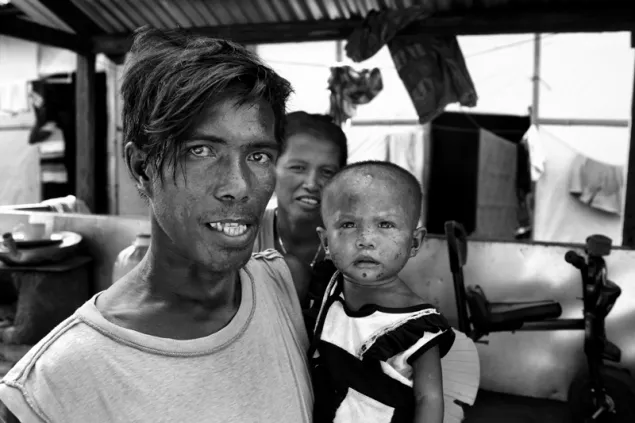
Zamboanga, Philippines.
Young Nadjrin suffers from skin lesions all over her body, including her face – a common sight at the Joaquin Enriquez Memorial Sports Complex, where poor sanitation conditions make children vulnerable to disease. Her father explains: "She often has tantrums because of these lesions but we can't do much about it. The cramped living space and lack of proper sanitation facilities aren’t doing much to help her condition."
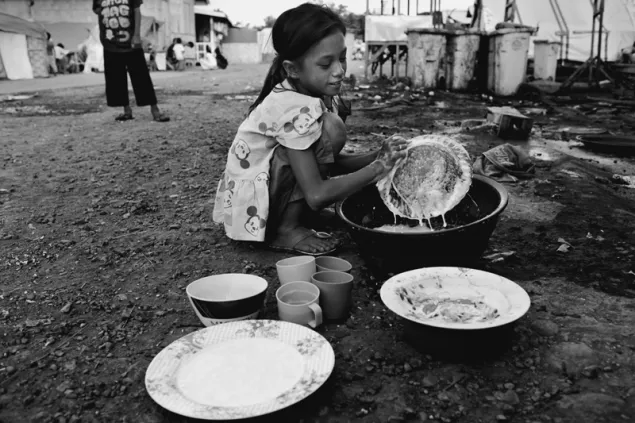
Joaquin Enriquez Memorial Stadium, Zamboanga, Philippines
Daily tasks like washing up are performed just about anywhere in the stadium, highlighting a glaring hygiene and sanitation problem that leads to many children becoming ill.
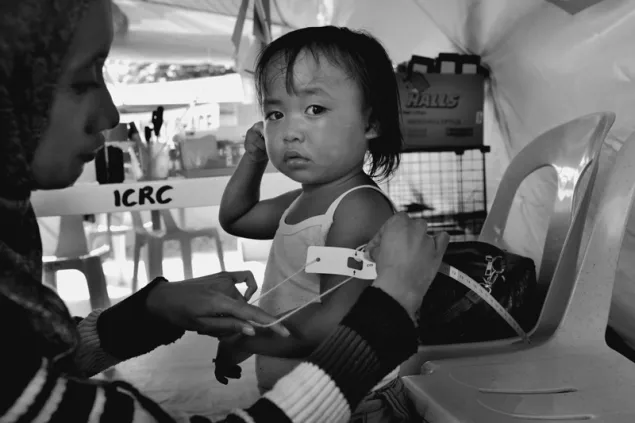
Zamboanga, Philippines.
Many displaced people have lost their sources of income to the conflict and are completely dependent on aid. With food hard to come by, children often fail to receive the nutrition they need. Malnutrition among children living in evacuation centres has been on the increase. In cooperation with the Zamboanga City Health Office, the ICRC is running a nutrition programme for children under 5 and women who are pregnant or breastfeeding. The programme includes supplementary feeding, nutrition counselling and close monitoring of the nutrition status of those enrolled.
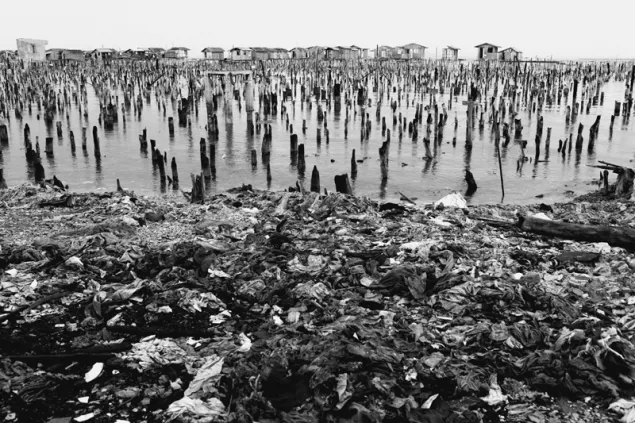
Rio Hondo, Philippines.
From a distance, the remains of this heavily damaged coastal village look like newly-planted mangrove trees. In fact, they are what remains of the houses on stilts where the Badjao and Tausug fishing communities used to live. Broken glass, heaps of soaked clothes and burnt-out houses are the only reminders of a once-vibrant fishing community in Rio Hondo. Former residents are no longer allowed to return after the government declared the area unsafe for rebuilding.
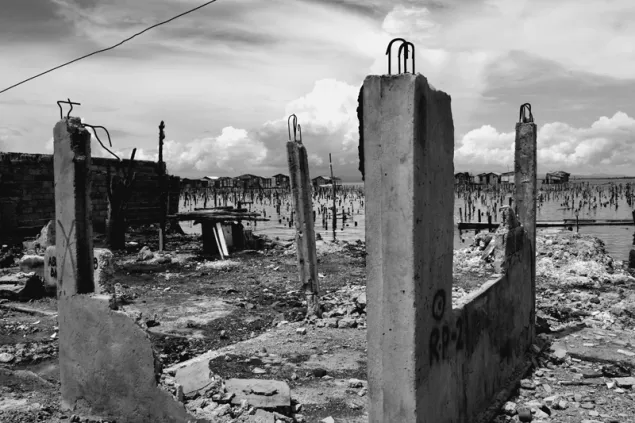
Philippines
Broken glass, heaps of soaked clothes, and burnt-out buildings. A wounded city. Former residents are no longer allowed to return after the government declared the area unsafe for rebuilding.
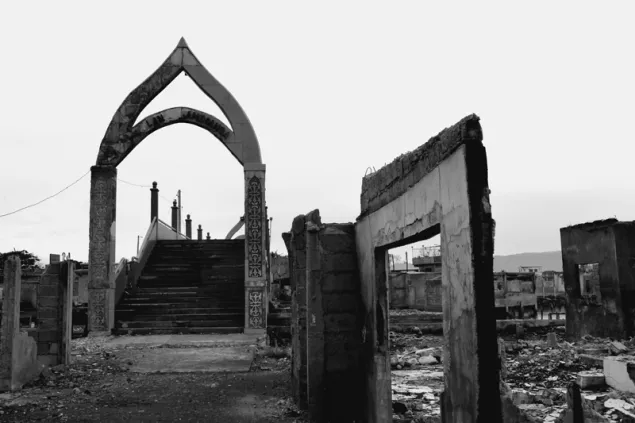
Philippines
Broken glass, heaps of soaked clothes, and burnt-out buildings. A wounded city. Former residents are no longer allowed to return after the government declared the area unsafe for rebuilding.
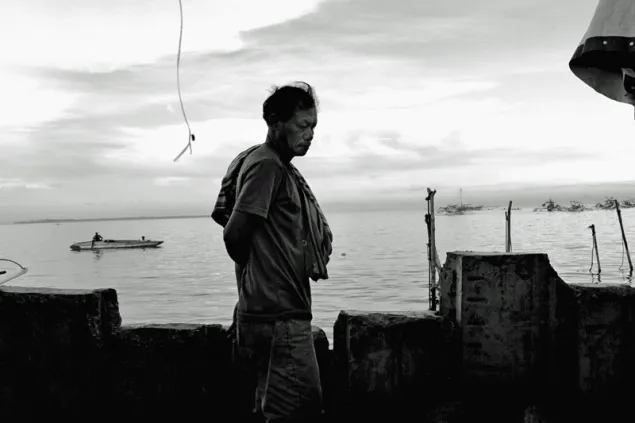
Philippines
Not knowing when they will be able to resume their normal lives again places an additional strain on displaced people, who are already exhausted. In particular, men are often under heavy pressure to provide for their families.
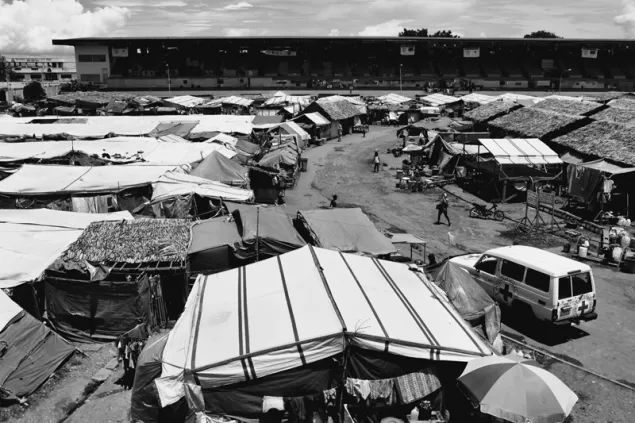
Joaquin Enriquez Memorial Stadium, Zamboanga, Philippines
Over nine months after the conflict, more than 10,000 people are still living in the Joaquin Enriquez Memorial Stadium – the largest evacuation centre in Zamboanga. Cramped accommodation and inadequate sanitation make people vulnerable to disease. Heat is a challenge during the summer months, especially for young children. The rainy season is no better, with flooding in some parts of the stadium and mud everywhere.
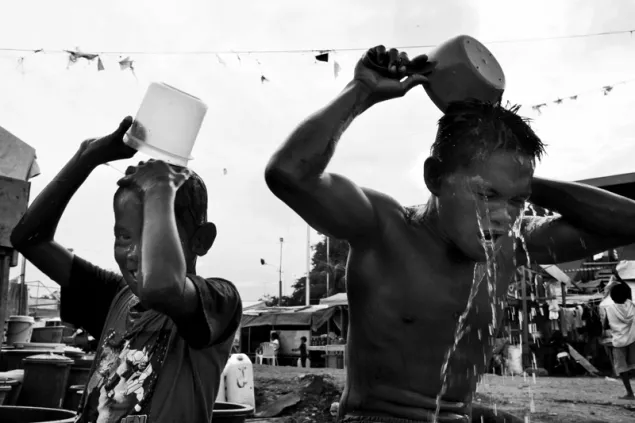
Joaquin Enriquez Memorial Stadium, Zamboanga, Philippines
What used to be a private ritual in the confines of one's home has become a communal activity for IDPs living in the Joaquin Enriquez Memorial Stadium, where people flock around tap stands to wash every morning. Water storage bladders have been installed in this, the largest of the evacuation centres, where over 10,000 people are still living.
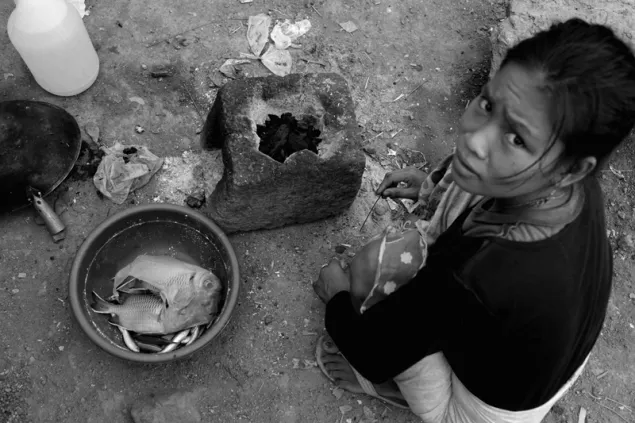
Zamboanga, Philippines.
Fresh fish and cassava are the staple diet of the Badjaos. After they fled their homes, many had to adjust to the food provided by the government and humanitarian organizations, which generally consist of rice and canned goods. For many older people, changing diet is difficult. Some of them lived for weeks on nothing but rice porridge with salt.
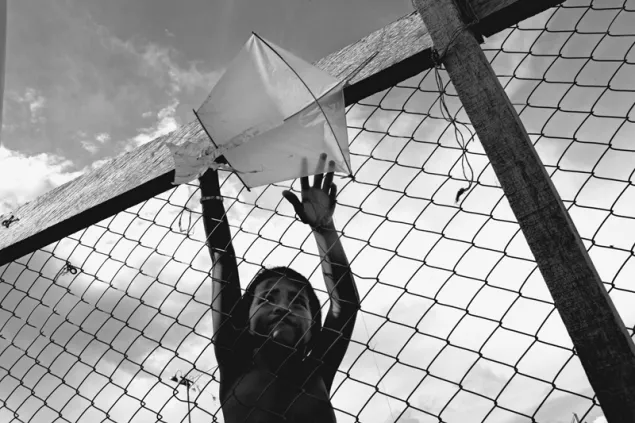
Joaquin Enriquez Memorial Stadium, Zamboanga, Philippines
From almost all corners of the stadium, even along the Cawa-Cawa shoreline, children gather in small groups to work seriously on their 'little projects.' In the afternoon, the skies of Zamboanga are dotted with kites. They are made of scrap materials and are the favourite past-time for children in the evacuation centres. The looks on their faces – full of anticipation as they use glue or tape to assemble sticks and pieces of paper – transform into pure joy once the kite is in the air. For a few fleeting moments, they are children again, oblivious to the harsh realities of displacement.
More than nine months after the end of the fighting between the Moro National Liberation Front and the Philippines government, over 40,000 people are still living in evacuation centres in Zamboanga. Behind these figures lie the lives that have been put on hold – the men and women who have lost their homes and livelihoods, the children and elderly people living under difficult conditions – all of them wondering when life will return to normal.

